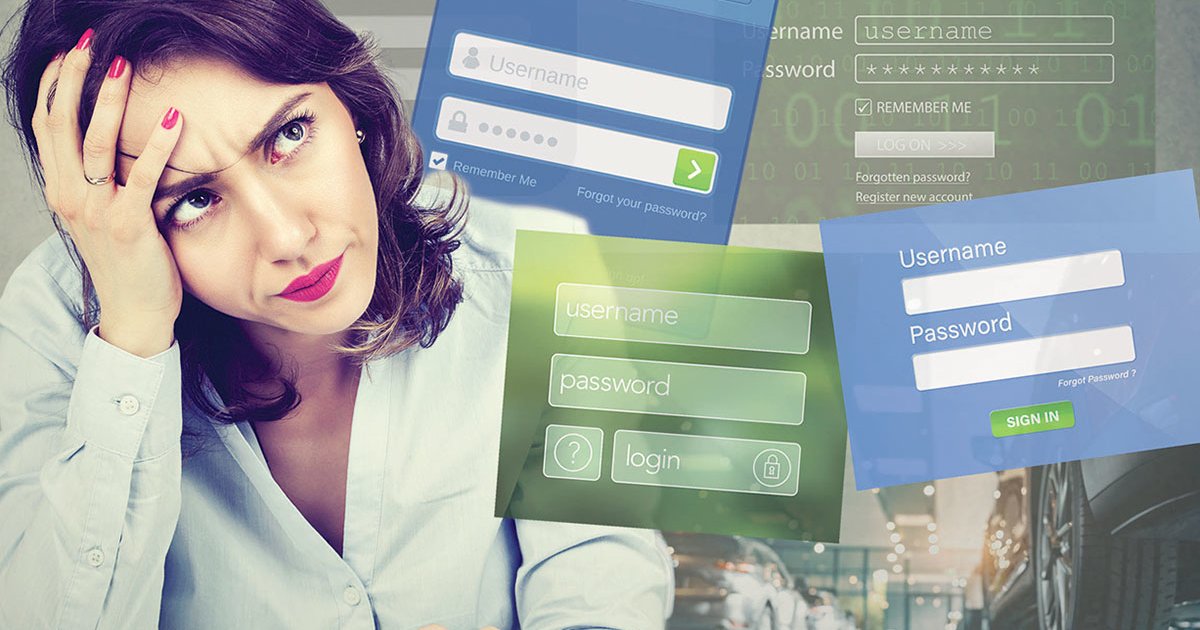
The key to delivering a seamless and transparent sales experience to vehicle buyers is to figure out how to reduce the clunkiness that often interrupts the process.
One way to get there: By cutting down on the number of logins, windows and toggling back and forth that dealership sales employees have to navigate while working on a car deal.
It’s one of the biggest pain points for dealership employees, and it is passed on to dealership customers in the form of extra time and potentially less transparency, which could lead to less trust, dealership leaders and industry experts said last month at an industry conference hosted by dealership software giant CDK Global Inc. in Detroit.
“In our stores, we have so many different logins to so many different programs,” Sam D’Arc, COO of Zeigler Auto Group, which has dealerships in Michigan, Indiana, Illinois and Wisconsin, said during a panel discussion. “That’s a friction point in delivering that seamless experience to the customer.”
Kim Irwin, senior vice president of digital strategy in J.D. Power and Associates’ Autodata Solutions division, described the biggest challenge as the lack of connectivity between different technology tools. That can hold up the experience even when a dealership is set up to be transparent, such as on pricing, she added.
“When you move from one system to another within a dealership, a lot of times, they’re not linked directly, and so it creates even further lack of trust with the consumer,” Irwin said. “That’s the part I think dealers and groups are concentrating on, is, what’s the training with the technology to make those seamless for the customer and build that trust?”
CDK, along with other retail technology vendors, is working to address that problem. CDK plans to launch Sales Express early in 2023, a tool designed to give dealership employees the ability to access multiple tools — from digital retailing to finance-and-insurance menus to the customer relationship management system — all in one place, without having to toggle between screens.
Re-entering information and a lack of data integration between multiple dealership software systems were the biggest sources of friction for sales managers in a survey CDK conducted earlier this year. Some respondents described using at least 10 different systems on a vehicle transaction, according to CDK’s research.
“That’s a lot of windows to navigate, and a lot of duplicated effort, not to mention a lot of time wasted,” said Mahesh Shah, CDK’s chief product and technology officer.
“Our strategy is to bring all of the steps of selling a vehicle into a single workflow,” Shah said. “For you, that means the simplicity and efficiency of selling a car through one experience. And for your shoppers, that gives you the power to cut out a lot of wasted time and complete a deal much faster than you might have imagined.”
CDK CEO Brian MacDonald told Automotive News the company is working to modernize its software to make more of those things possible and add new features and capabilities within the Roadster digital retailing platform it acquired in 2021.
“Roadster is a cornerstone of where we’re going,” MacDonald said.
“We’re able to leverage it with an OEM as the primary digital retailing tool for that OEM, or we’re able to leverage it in integration with a digital retail tool that an OEM may have built,” he added. “We have both of those use cases. And I can’t talk specifically about any OEM and what they’re doing, what we’re doing with them, but I will tell you there’s very high interest from a number of OEMs to more collaboratively work with us and leverage Roadster in our suite of capabilities.”
The industry has begun to understand the concept of digital retailing and how it really is a modern retailing experience that blends e-commerce with in-store shopping, said Ron Frey, an industry consultant and former CDK executive who joined the company’s board in July after its acquisition by investment firm Brookfield Business Partners.
The next iteration of modern retail in automotive, Frey said at the event, is focusing on data integration and dealership workflow to find efficiencies and speed up processes.
“We’re going to have to really drive now with the experience,” he said. “The vehicle’s been commoditized. We have to be able to differentiate about how we deliver seamless experiences, and we’re going to lose trust when that breaks. And the only way we’re going to do that is figure out how we connect these pieces. You can’t have breakage, or we lose the experience and then we lose the trust. I think, again, that’s the next wave that we have to go figure out.”